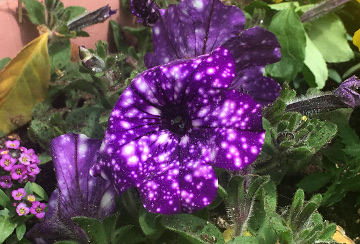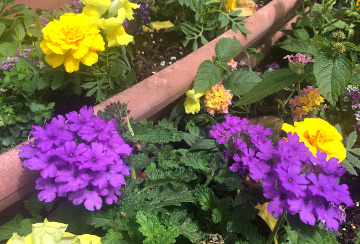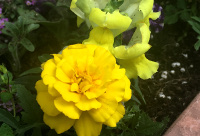
How to Choose New Plants

A little time to study the garden conditions before rushing to get new plants will save you a lot of time, money and frustration.
First, observe your soil. Is it rich or poor, quick or low draining, alkaline or acidic? You can only amend it so much and the plants won't be fooled into cooperating.
Short of a soil test, the perennials that are already thriving in your garden can give you great insights into the medium you are cultivating. If your azaleas are the envy of the neighborhood, you probably have rich, well draining acidic soil. If you have giant dreamy hostas, you are looking at a sweet, probably heavy clay soil.
Next, sun exposure. It is tempting to try full sun plants in part-shade, with the hope they'll be alright. They never are. They'll only give you a mediocre performance the year you plant them, never to be repeated.
After that, the climate zone. This is a lot more forgiving than the first two, especially on the hot end.
With proper winter protection, it is possible to successfully cultivate plants one climate zone warmer too, especially considering the upward temperature trend.
Last, the special conditions: waterlogged areas, rock gardens, unstable slopes, sandy shores, and deep forest shade.
Their individual ecosystems have fostered unique and exclusive plant species, offering the chance to create a garden that is truly exceptional and rare.

Garden Babies, Clones and Hybrids

About half of the plants that are in my garden now are descendants of a few choice perennials, which not only made themselves at home in their spots, but thrived and multiplied beyond my wildest dreams.
Your own garden is the best supplier of new plant material, and you can count on it to provide you with healthy growth guaranteed to thrive in your specific conditions.
Some perennials, such as hellebores, foxgloves, and hollyhocks, are enthusiastic self-seeders, quickly filling up borders with their offspring in just one season.
They cross pollinate to create lovely hybrids in every combination possible, given the characteristics of the mother plants, as well as some very unlikely ones.
Other perennials, like hostas, daylilies, goldenrod, irises, mint, and violets, spread out eager runners and rhizomes, to create large families around the mother plants.
Finally, some herbaceous clumps, like sedums', coral bells', pampas grasses', and garden phlox's, become so old and large they hollow out in the middle and need division in order to maintain their vitality.
All the lucky gardener has to do is pick up the garden offering and replant it in the desired location.
